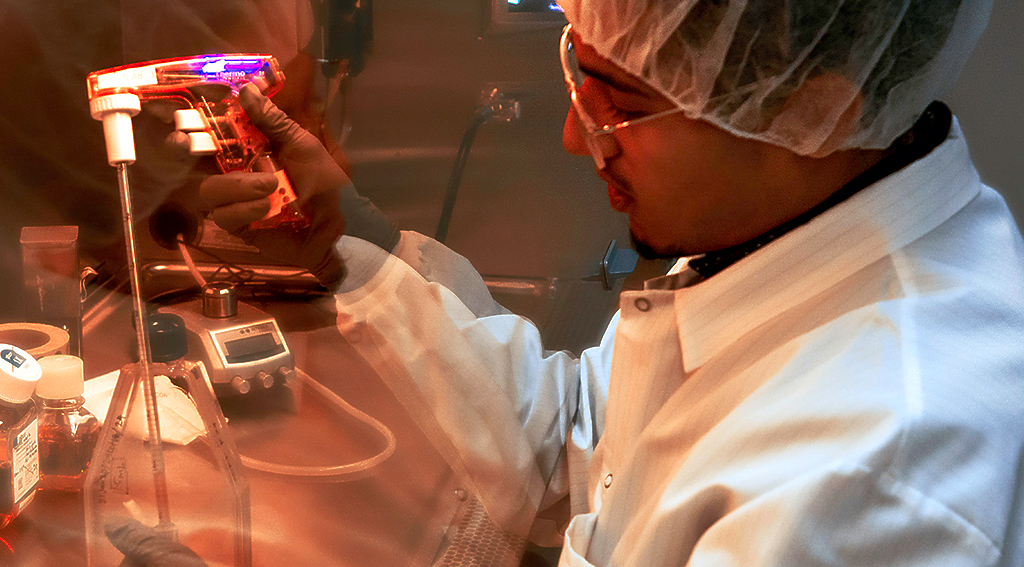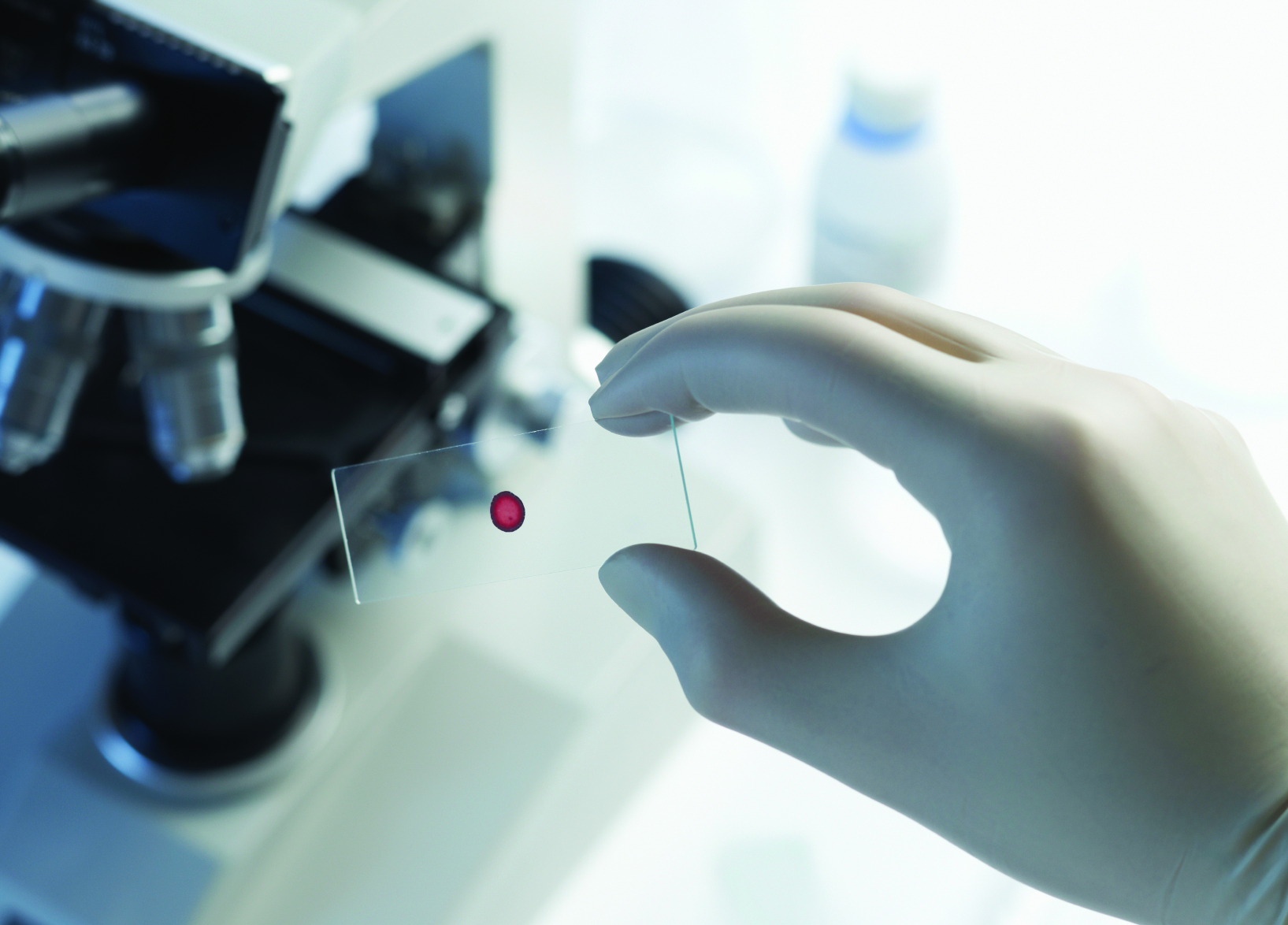
In Vitro Cytochrome P450 (CYP) Enzyme Induction Studies
Knowing cytochrome P450 (CYP) induction potential of your drug candidate is necessary for understanding drug safety and can assist with determining proper labeling and dosage considerations in the clinic. Knowledge of induction potential is an important piece of an Investigational New Drug (IND) application.
You can now request quotes for our research services on BioIVT.com!
Whether you need a single assay or a complete ADME program, BioIVT’s experts will help design and implement the appropriate studies for your drug and research objectives. View BioIVT’s comprehensive portfolio of ADME research services.
Definitive cytochrome P450 induction assays evaluate the potential for up-regulation of cytochrome P450 (CYP) enzymes as a standard component of drug-drug interaction (DDI) risk. If a drug is an inducer (perpetrator) of a CYP enzyme that is responsible for its own metabolism or the metabolism of another drug (victim), then concomitant administration of the perpetrator and victim can mean faster clearance of the victim drug. This can lead to decreased therapeutic effects due to a lower concentration of the victim drug or toxicity attributed to increased metabolite formation.

Our Approach to CYP Induction Assays
To address direction from the Food and Drug Administration (FDA) to “determine if the investigational drug is an inducer of drug-metabolizing enzymes” (In Vitro Drug Interactions Studies— Cytochrome P450 Enzyme- and Transporter-Mediated Drug Interactions: Final Guidance for Industry, FDA 2020), we offer in vitro CYP induction studies using primary human hepatocytes designed to meet current FDA, European Medicines Agency (EMA), and Pharmaceuticals and Medical Devices Agency (PMDA) expectations for new drug applications.
We choose to measure mRNA rather than activity in our standard study design for CYPs 1A2, 3A4, and 2B6 so clients can provide one submission to all authorities, and because mRNA is cost-saving for the customer compared to activity measurements.
Dr. Joanna Barbara
VP of Scientific Operations
In our standard induction studies, we evaluate induction of CYP1A2 (regulated by AhR), CYP2B6 (regulated by CAR), and CYP3A4 (regulated by PXR). Our definitive CYP induction studies utilize either fresh or cryopreserved primary human hepatocytes. Our lab maintains a minimum of three lots that have been extensively characterized for response to prototypical inducers. Lots can be included which have been further characterized by comparison with a series of weak to strong CYP3A4 inducers to acquire a Relative Induction Score (RIS) for each individual lot. You can learn more about RIS hepatocytes in Dr. Joanna Barbara’s 2019 webinar, In Vitro Induction Studies: Elements of Design and Important Considerations in Data Analysis.
CYP induction assay design recommendations to meet EMA / FDA guidelines:
- Induction-characterized cryopreserved primary human hepatocytes
- CYP1A2, CYP2B6, CYP3A4 mRNA expression by qRT-PCR
- Evaluation of induction potential using fold-change method
- 6 – 8 concentrations of test article (See “How to choose your concentration range” below)
- EC50 / Emax data, when appropriate
- Vehicle control (test article solvent)
- Negative control for induction (clinical and in vitro non-inducer)
- Positive controls (prototypical inducers) that target respective pathways for each enzyme
- Spent media analysis with multiple time point collections as recommended by regulatory agencies
- Lactate dehydrogenase (LDH) release to evaluate cell health and determine cell membrane disruption concentration
- Full submission-ready quality report
Study options to exceed regulatory guidelines:
- RIS-characterized hepatocytes
- CYP1A2, CYP2B6, CYP3A4 activity measured in situ based activity by a 2-step cocktail incubation
- Microsomal isolation and activity assessment by single substrate incubation
- Pre-induction study toxicity assessment
- CYP2C19 activity and/or mRNA expression endpoints
- Commercially available probes for mRNA expression endpoints for other enzymes
How to choose your concentration range
If the compound is planned to be orally dosed, we recommend setting the highest concentration tested to be ((0.1*dose)/250 mL) or 50x the total Cmax at steady state, whichever is higher. If the compound is not to be orally dosed then we recommend setting the highest concentration tested to be 50x the total Cmax at steady state. We further recommend 6 – 8 concentrations on a semi-log scale of each compound that includes the expected Cmax and the previously described maximum concentration. Ideally, the range should be dynamic enough to capture Emax and EC50 values. There could be solubility or toxicity limits on the highest concentration chosen and in those cases, we recommend going as high as possible to prove the effort was made to the regulatory agencies.
Evaluating Cytotoxicity Risk
An in vitro cytotoxicity study can assess risk that a test article may cause toxicity in cells, particularly human, non-human or immortalized human hepatocytes (hepatotoxicity). Critical factors that we consider when performing such studies include:
- Confluent, morphologically normal cells that have been allowed to establish cell-to-cell contact
- Examining potential toxicity by parent compound(s)
- Experimental conditions that allow for metabolism-dependent toxicity to be observed
- Analyzing preparations from multiple humans due to high inter-individual variability (when using human hepatocytes)
It is important to measure endpoints that are well-characterized and understood, carefully choose concentrations of test articles, and treat cells with different concentrations in order to generate concentration-response profiles for early-stage compounds.
We offer an LDH (lactate dehydrogenase)-release assay, Alamar Blue assay, and qRT-PCR analysis of mRNA to assess toxicity in vitro. This information is then used to generate concentration-response profiles with pharmacologically-relevant concentrations of test articles. In addition, any morphological changes of the cultures are documented with photomicrographs for reference.

